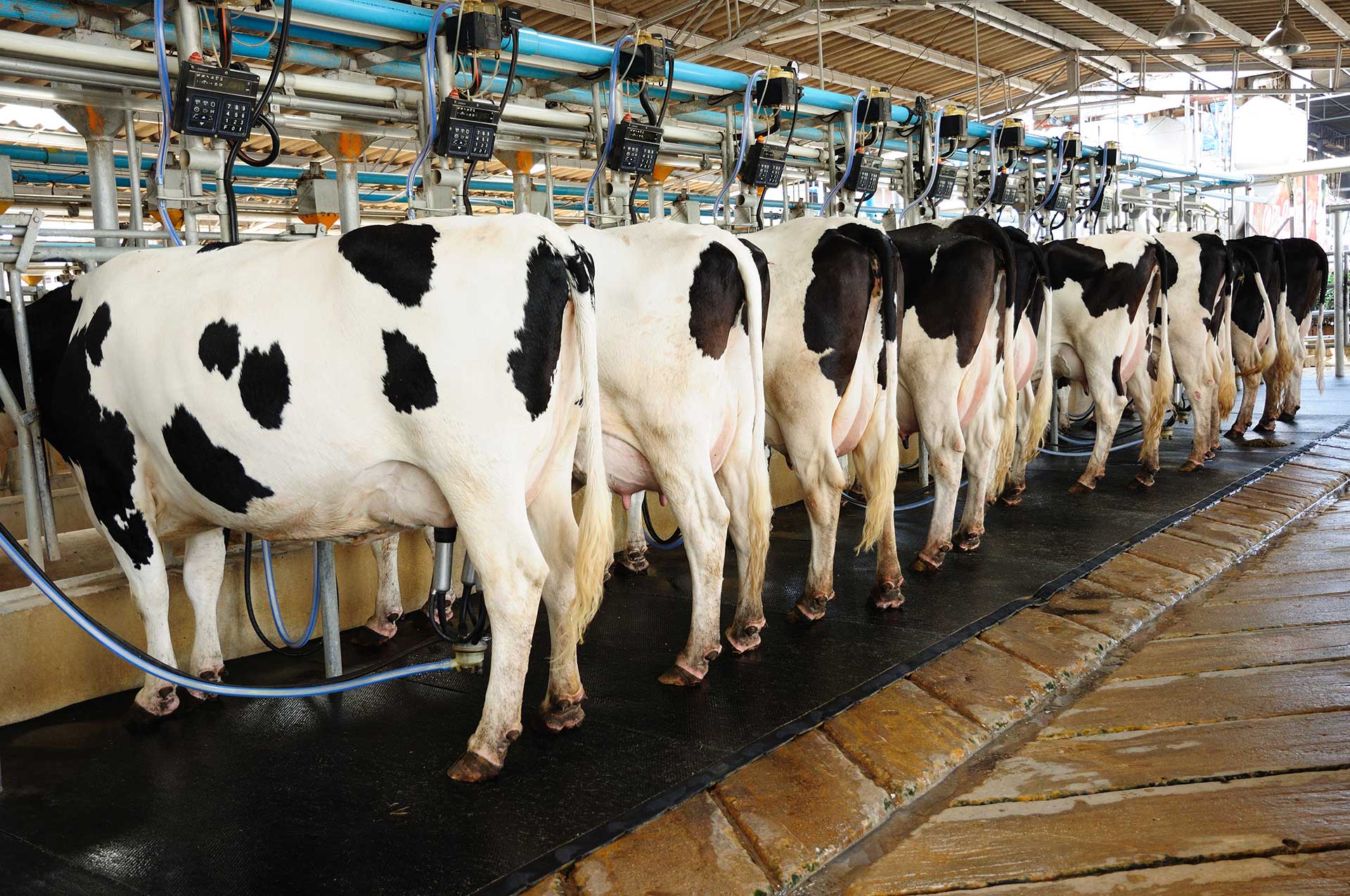Salmonella Detection in Dairy Products
In the dairy industry, ensuring product safety and quality is paramount. Salmonella detection plays a crucial role in maintaining public health standards. This service focuses on identifying Salmonella contamination in dairy products such as milk, cheese, yogurt, and butter. The goal is to provide accurate, reliable results that comply with international standards.
The presence of Salmonella can lead to severe health risks for consumers, making it essential to implement stringent testing protocols. This service leverages advanced microbiological techniques and analytical methods to detect even trace amounts of Salmonella. Our laboratory adheres to ISO standards for food safety testing, ensuring the highest level of accuracy and reliability.
Dairy products are highly perishable items that require strict quality control measures. By incorporating Salmonella detection as part of your product development or compliance strategy, you can mitigate risks associated with contamination. This service ensures that every batch of dairy produced meets international safety guidelines, thereby enhancing consumer trust and brand reputation.
Our laboratory is equipped with state-of-the-art equipment and experienced microbiologists who specialize in foodborne pathogens like Salmonella. The testing process involves several steps: sample collection, preliminary screening, isolation, identification, and confirmation. Each step ensures that the final result accurately reflects the presence or absence of the pathogen.
The cost associated with Salmonella detection depends on factors such as the volume of samples tested and any additional services required. Typically, we offer flexible pricing options to suit your budgetary constraints while maintaining high-quality standards. For bulk testing needs, consider our group discounts which can significantly reduce costs without compromising service quality.
Our commitment to excellence extends beyond just detecting Salmonella; it also includes providing actionable insights based on the test results. Our technical team works closely with clients to interpret findings and suggest necessary corrective actions if issues are identified. This collaborative approach helps businesses stay ahead of potential problems and maintain consistent product quality.
To ensure accurate and timely detection, our laboratory follows strict protocols outlined in ISO standards for food safety testing. These guidelines provide a standardized framework that ensures consistency across all tests conducted here. By adhering to these rigorous procedures, we can consistently deliver reliable results that meet regulatory requirements.
For businesses operating within the dairy sector, ensuring the safety of their products is non-negotiable. Our Salmonella detection service offers peace of mind knowing that every batch undergoes thorough examination for potential contaminants. This not only protects consumers but also strengthens your brand’s reputation and market position.
Scope and Methodology
| Test Stage | Description | Tools/Techniques Used |
|---|---|---|
| Sample Collection | Collection of milk samples from different batches. | Clean sampling bottles, aseptic techniques. |
| Preliminary Screening | Initial examination to identify suspicious colonies. | Microscopic observation, Gram staining. |
| Isolation | Growth of suspected bacteria on selective media. | Selective agar plates (e.g., XLT4). |
| Identification | Detailed characterization using biochemical tests and mass spectrometry. | VITEK 2 Compact, MALDI-TOF MS. |
| Confirmation | Final verification of Salmonella species through serotyping and PCR amplification. | Serological testing kits, real-time qPCR. |
The process begins with the collection of milk samples from various batches. These samples are then subjected to preliminary screening using microscopic observation and Gram staining techniques. Suspicious colonies are further isolated on selective media like XLT4 agar plates. Once isolated, these colonies undergo detailed characterization through biochemical tests and mass spectrometry (MALDI-TOF MS). The final step involves confirming the presence of Salmonella using serotyping methods and real-time quantitative PCR (qPCR).
This multi-step approach ensures comprehensive analysis and accurate identification of Salmonella. By following this standardized protocol, we can guarantee precise results that are both reliable and reproducible.
Customer Impact and Satisfaction
Implementing our Salmonella detection service can have several positive impacts on your business. Firstly, it helps maintain compliance with international food safety regulations such as ISO 17025 for laboratory accreditation. Secondly, by detecting Salmonella early in the production process, you reduce the risk of contamination spreading throughout your facility or supply chain.
This proactive approach not only protects public health but also strengthens consumer trust and loyalty towards your brand. Additionally, our service provides detailed reports that offer valuable insights into potential areas for improvement within your operations. These recommendations enable you to implement targeted interventions aimed at preventing future occurrences of contamination events.
Customer satisfaction is a key priority for us. We strive to ensure that each client receives personalized attention and support throughout the testing process. Our team will work closely with you to understand your specific requirements and tailor our services accordingly. Whether it's routine batch testing or one-off assessments, we aim to provide efficient and effective solutions.
Moreover, by working with us, you gain access to expert advice and best practices in food safety management systems. Our goal is not only to meet but exceed industry standards, helping your business achieve sustainable growth while ensuring the highest level of product quality.
Use Cases and Application Examples
- Dairy Processor: Regular testing ensures compliance with regulatory requirements and protects against recall risks.
- Retailer: Monitoring suppliers' products helps maintain consistent quality across stores.
- Research Institution: Investigating the spread of Salmonella in different environments provides valuable data for prevention strategies.
- Pharmaceutical Company: Ensuring cleanroom environments are free from contamination prevents cross-contamination during manufacturing processes.
- Regulatory Body: Conducting random checks ensures that all producers adhere to safety standards.
The dairy industry faces numerous challenges related to maintaining product quality and ensuring consumer safety. By incorporating Salmonella detection into your operations, you can address these concerns effectively. Whether you're a large-scale processor or a small-scale producer, our service offers scalable solutions tailored to meet your unique needs.





